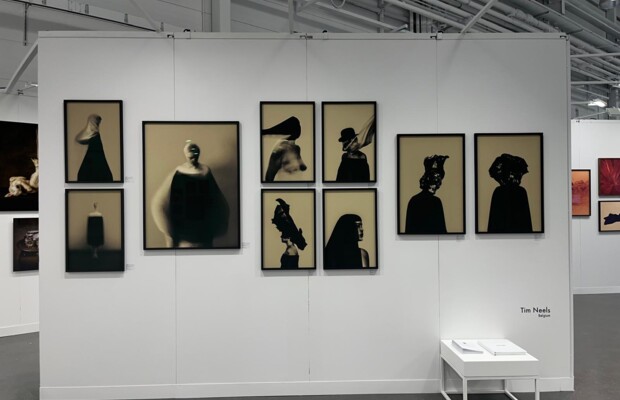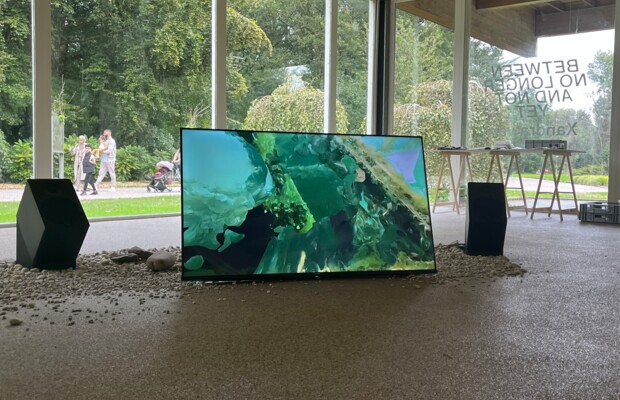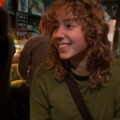A day at Rotas Brasileiras
The art fair in São Paulo dedicated to promoting Brazilian artists and galleries
Art fairs can vary in theme, structure and audience. However, what is common for all is the intention to celebrate the art world and connect people within it. In its third edition, Rotas Brasileiras fulfilled this role with flying colours.
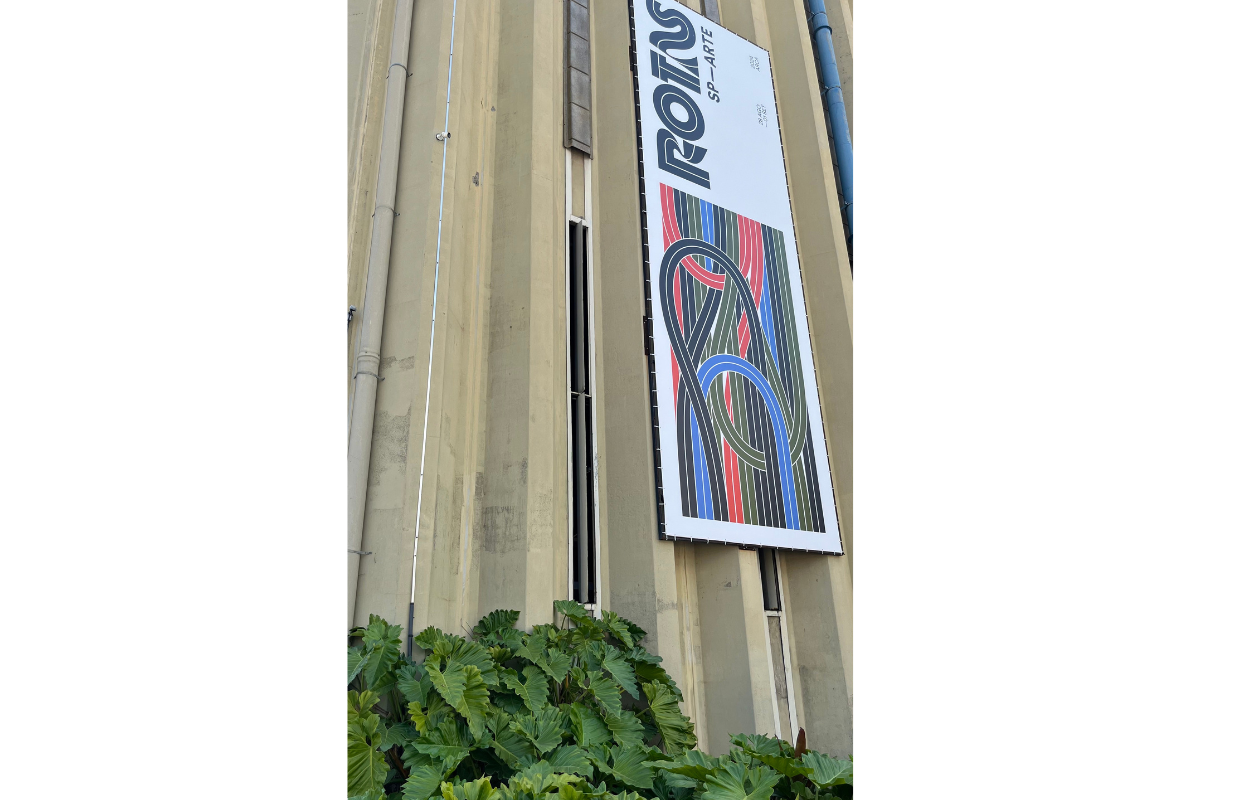
The moment I arrived at ARCA, the space chosen to house the fair, I was faced with a choice - I could pick any route to start my journey or simply walk the corridor and spend the rest of the day there. This may sound overwhelming to some people, but in reality, it was the opposite. The walls separating each gallery were essential to allow visitors to rest their minds from an environment saturated with a multitude of colours, textures, and shapes; they were built in a way that visitors could catch a glimpse of other art pieces around them. This created an idea of collaboration and cohesion: the artworks were, somehow, connected. With the same careful approach in mind, seats were placed in the central and backside areas of the building.
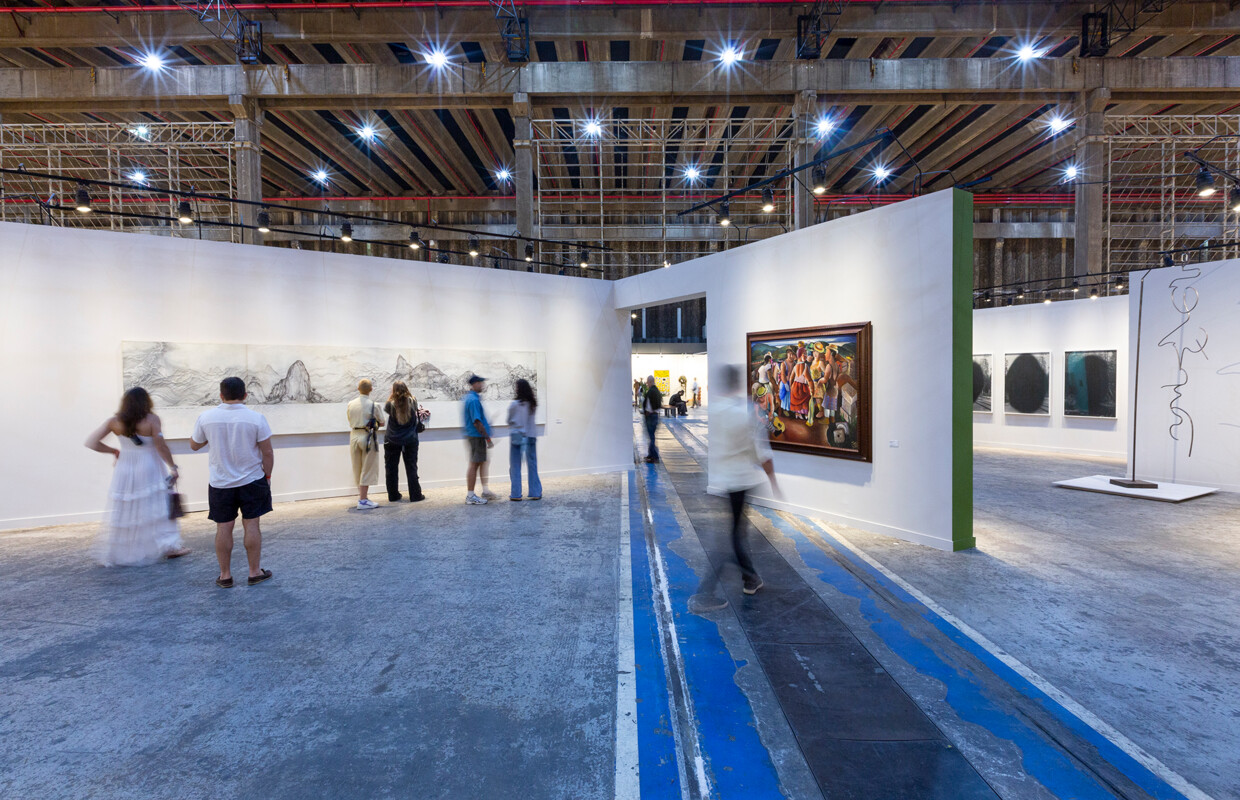
One of the major points of connection was nature, as it could be seen in most of the art pieces displayed. This is not surprising, since Brazil is known for its diversity in fauna and flora, and even the vast populations of big cities get to appreciate local ecosystems while on the daily grind. The use of different textures, materials and techniques shows that the options to depict nature are endless. Artist Daniela Busarello, represented by Luis Maluf Galeria, used beeswax and oil on linen to construct her piece Pau Brasil I – Cabrália (2024), while artist Alessandra Rehder, presented at Andrea Rehder Arte Contemporânea, used photography and 3D manual techniques to create a series of botanical photos. Artist UÝRA, featured at AURA, adopted the forest as a background for a series of photographs, in which human beings are depicted as an integral part of nature – covered in leaves, pieces of wood, cloth and other raw materials. At Martins&Monteiro, leaf-shaped tables by Jimmie Durham (LAB!NAC) matched the paintings displayed on walls created by artist Davi Rodrigues, which showed a mix of terrestrial, such as calangos (a common term used by Brazilians to name small lizards) and aquatic creatures.
Nature was everywhere, in every possible form.
In addition to nature, artists invested in exploring concepts such as regionalism, interculturalism and their complexities in relation to race.
At Lima Galeria, Black people were presented by artists Silvana Mendes and Gabriel Archanjo. Silvana employed photography and collage to reinvent Black representation, while Gabriel added sensibility to the depiction of Black bodies, by fluidly painting them, with soft silhouettes. Thiago Martins de Melo painted mystical creatures, like Exu, with the predominance of dark tones of green, blue and purple. Exu is an orixá (deity) of Afro-Brazilian religions, originating from the Yoruba culture of West Africa. In Brazil, Exu is worshipped in Candomblé and Umbanda religions.
It is this exact deity that Paulo Darzé Galeria dedicated a whole exhibition to. The gallery is located in Salvador, Bahia, known for its connection with spirituality and its niche in tourism focused on religion. When presenting an exhibition so connected to this very important religious figure, Paulo Darzé Galeria not only illustrated the influence of religion on artists’ lives but also how it relates to the greater community of Brazilians and the way this regional aspect reflects on artistic production.
Regionalism can be observed in artistic production.
Representations of Brazilian day-to-day elements were found at Novos para Nós and Galeria Karandash. Novos para Nós brought sculptures and paintings portraying Brazilian celebrations and gatherings, such as maracatu and vaquejadas. Maracatu is a manifestation of popular culture with music, dancing and extravagant garments, originated in the 18th century in Pernambuco, Brazil, and it was created by slaved people; vaquejada is a traditional northeastern competition, originated between the 17th and 18th century, inspired by Mexican cultural manifestations. Galeria Karandash explored the Brazilian habit of advertising services by using doors, gates and walls as canvas. Usually, the services advertised are related to ordinary needs such as haircuts, plumbing, taxis, etc.

Nelson Leirner’s art pieces at Galeria Bolsa de Arte invited visitors to think about money, the power of the USA and how the Global South is read and represented worldwide. With Missa Móvel (2010), a religious procession is represented with souvenirs on a skateboard. Such celebration being represented through many different faces and shapes is inspiring and it relates to the diversity encountered in Brazil. Missa Móvel got me laughing because some of the souvenirs could easily have been on my grandmother’s shelf. It felt like any ordinary Brazilian could have contributed to the creation of this piece.
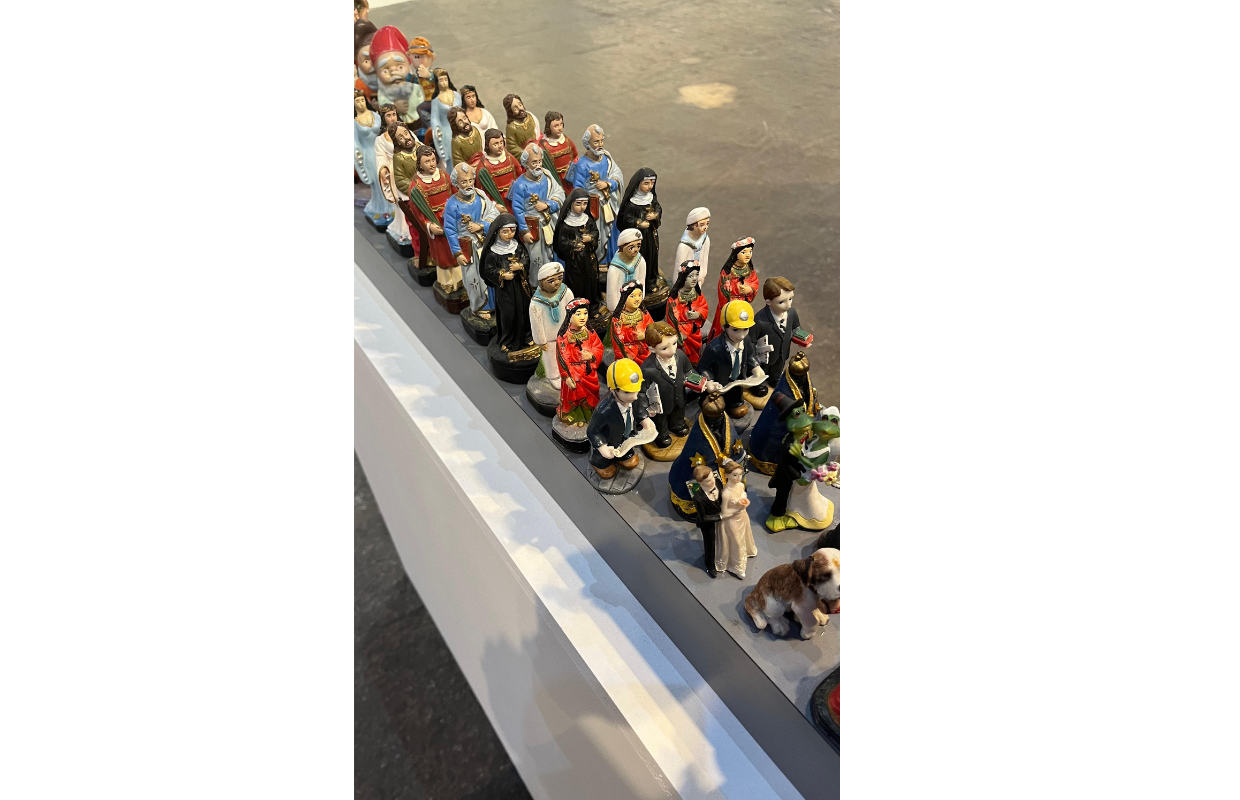
Photographs by Mario Cravo Neto, exhibited at Instituto Mario Cravo Neto, had me wonder of how every person holds art within themselves and is an indispensable part of art as a practice. Even when it comes to the representation of nature, human beings are depicted as a part of it, within it. It is magical to think that people inspire someone to paint, to sculpt, to design, to draw, to weave, to create. This idea - and feeling - got stronger when visiting GDA’s booth, where family, heritage and immigration are depicted by artists Mari Dagli, Rodrigo Lahoud, Tintanamente and Yara Osman as part of the Diásporas Árabes (en. Arab Diasporas) project.
Agostinho Batista de Freitas and his painting Anhangabaú (1992) - which is also the name of the central region located in the city of Sao Paulo - captured my attention since a few art pieces exhibited at Rotas were representative of cities rather than nature. So did the details and bright colours of Madeleine Colaço’s tapestries at Jacques Ardies’s. Her tapestries seemed to lure visitors in to come close to admire every thread of it. They were captivating due to their shiny aspect and detailed representation of places and people.
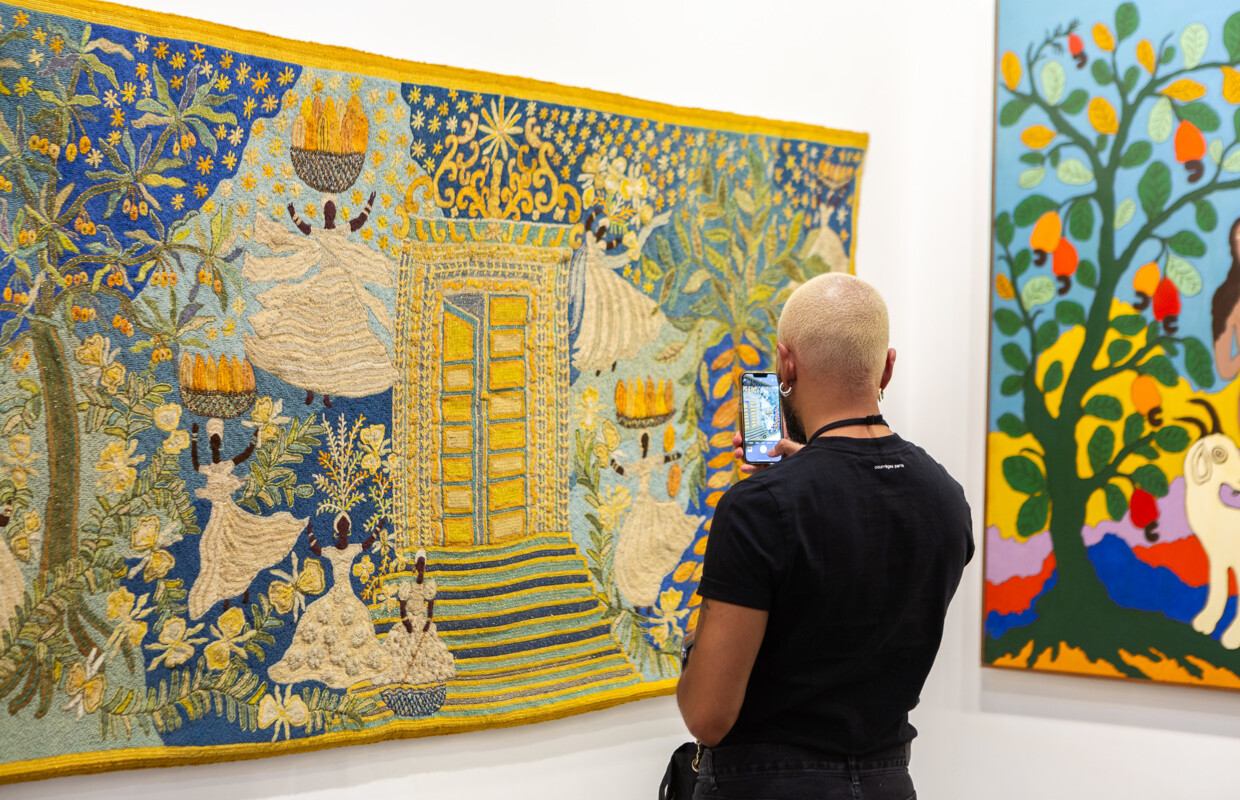
Rotas Brasileiras has nurtured a deeper connection among artists, galleries, and audiences. By intertwining themes of nature, regional identity, and social representation, the fair has shed light on the diverse narratives that shape Brazil's artistic landscape, including immigration and the proceeding cultural exchange. Each piece served as a reminder of the rich dialogues that art can inspire.
I left ARCA with a deeper appreciation for Brazilian art, culture, and community, with a desire to learn more and more about them.
Read the interview with Fernanda Feitosa, Executive Director of SP-ARTE, responsible for Rotas Brasileiras.
Share the post:



